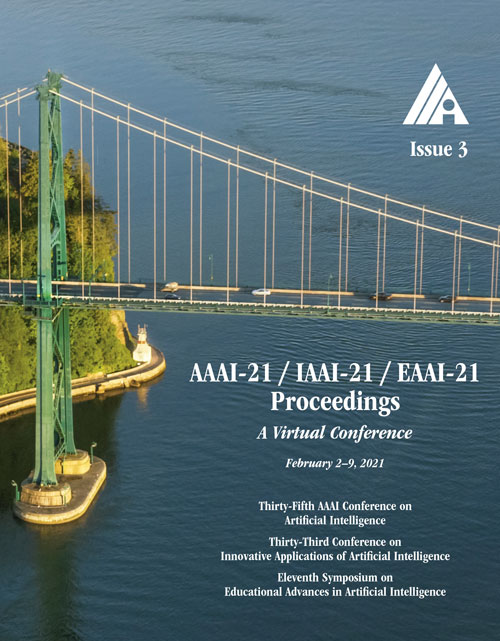Embodied Visual Active Learning for Semantic Segmentation
DOI:
https://doi.org/10.1609/aaai.v35i3.16338Keywords:
Vision for Robotics & Autonomous Driving, Segmentation, Cognitive RoboticsAbstract
We study the task of embodied visual active learning, where an agent is set to explore a 3d environment with the goal to acquire visual scene understanding by actively selecting views for which to request annotation. While accurate on some benchmarks, today's deep visual recognition pipelines tend to not generalize well in certain real-world scenarios, or for unusual viewpoints. Robotic perception, in turn, requires the capability to refine the recognition capabilities for the conditions where the mobile system operates, including cluttered indoor environments or poor illumination. This motivates the proposed task, where an agent is placed in a novel environment with the objective of improving its visual recognition capability. To study embodied visual active learning, we develop a battery of agents - both learnt and pre-specified - and with different levels of knowledge of the environment. The agents are equipped with a semantic segmentation network and seek to acquire informative views, move and explore in order to propagate annotations in the neighbourhood of those views, then refine the underlying segmentation network by online retraining. The trainable method uses deep reinforcement learning with a reward function that balances two competing objectives: task performance, represented as visual recognition accuracy, which requires exploring the environment, and the necessary amount of annotated data requested during active exploration. We extensively evaluate the proposed models using the photorealistic Matterport3D simulator and show that a fully learnt method outperforms comparable pre-specified counterparts, even when requesting fewer annotations.Downloads
Published
2021-05-18
How to Cite
Nilsson, D., Pirinen, A., Gärtner, E., & Sminchisescu, C. (2021). Embodied Visual Active Learning for Semantic Segmentation. Proceedings of the AAAI Conference on Artificial Intelligence, 35(3), 2373-2383. https://doi.org/10.1609/aaai.v35i3.16338
Issue
Section
AAAI Technical Track on Computer Vision II

